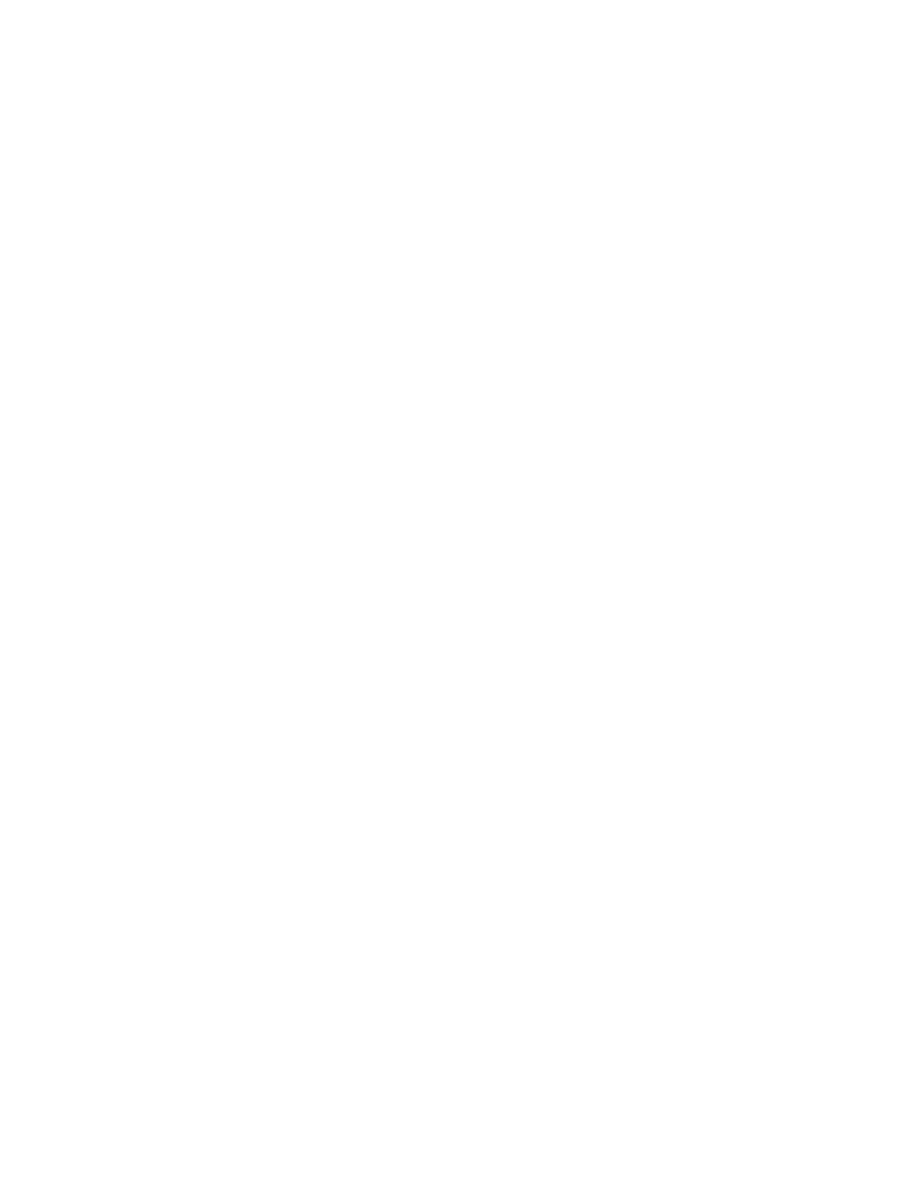
DOFMaster
for Windows
On-line
Depth of Field
Calculator
DOFMaster for Mobile Devices
On-line
Depth of Field
Table
Hyperfocal
Distance Chart
Articles
FAQ
Recommended
Books
Support
Contact
Links
Home
for Windows
On-line
Depth of Field
Calculator
DOFMaster for Mobile Devices
On-line
Depth of Field
Table
Hyperfocal
Distance Chart
Articles
FAQ
Recommended
Books
Support
Contact
Links
Home
As an Amazon Associate I earn from qualifying purchases.
![]()
When using a ring around, you should match the test
print as closely as possible to one of the prints. The
amount and color of filtration you should add or subtract
from the filter pack are the same as indicated on the ring
around.
accurately. Once again, remember how exposure affects
the three dye layers of the paper. That will simplify the
choice of selecting the correct filtration.
filters helps to determine what color change is needed.
Color printing viewing filters come in six filter colors:
red, green, blue, cyan, magenta, and yellow. Each color
is represented in 10, 20, and 40 density values.
of your line of vision to see the color correction the filter
makes. Since these filters tend to overcorrect the
highlights and undercorrect the shadows, you should
view the lighter middle tones through the filters to
determine the desired color balance. Try several filters
of different values and colors when evaluating a test
print; for example, when the print looks "cold" to you,
filters to determine whether the color in excess is cyan,
green, or blue. Similarly, viewing a "warm" print
through cyan, green, and blue filters will determine
whether the color in excess is red, magenta, or yellow.
change in color balance than the visual effect of viewing
a print through a filter. In general, the filtration change
to the filter pack should be one half of the viewing filter
that makes the lighter middle tones of the test print
appear correct; for example, you have determined that
when viewing a test print through a 20CC green filter,
look best through a 10CC yellow filter. Since blue light
blue light reaching the paper by 05CC. You should do
this by subtracting 05CC of yellow filtration (for
best for viewing, subtract 10CC G (additive printer) or
enlarger or printer. Before modifying the filter pack in
the enlarger or printer, you must keep in mind what type
of printer you are using. Modifying the filter pack for a
subtractive type printer is completely opposite from the
filter pack adjustment necessary on an additive printer.
or subtracted from the filter pack Whenever possible,
you should subtract filtration.
or 10 filter change; when a moderate shift is needed, use
too large to estimate, try a 30 filter change.
cyan). When all three colors are in the filter pack neutral
density results. Neutral density only increases the
exposure time required. Neutral density is eliminated by
removing the filter color of least density completely and
then removing the same amount of density from each of
the other two colors. Thus, if you calculated the filter
pack to be 30M + 20Y + 10C, you should remove 10
CCs of each color (10C + 10M + 10Y) completely for a
filter pack of 20M + 10Y + OC.
filtration is added to the filter pack, the intensity of the
light reaching the paper is less. When filtration is
subtracted from the filter pack, more illumination
time when the filter pack is changed.
used, no correction is required when the yellow filtration
is changed. Only a l-percent change to the exposure
time is required for each 01 unit of magenta or cyan
Basic Photography Course

As an Amazon Associate I earn from qualifying purchases.
WWW.DOFMASTER.COM
© 2006 Don Fleming. All rights reserved.
© 2006 Don Fleming. All rights reserved.